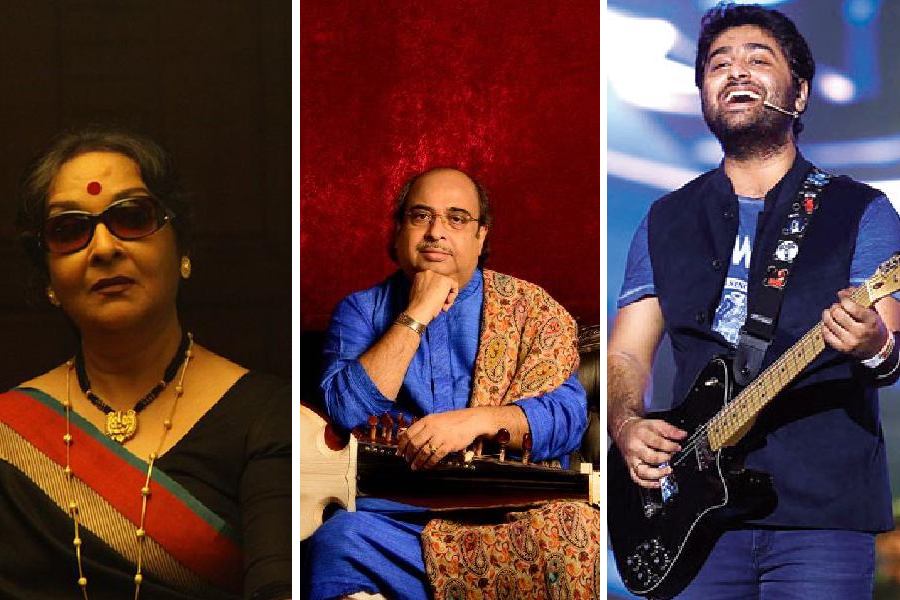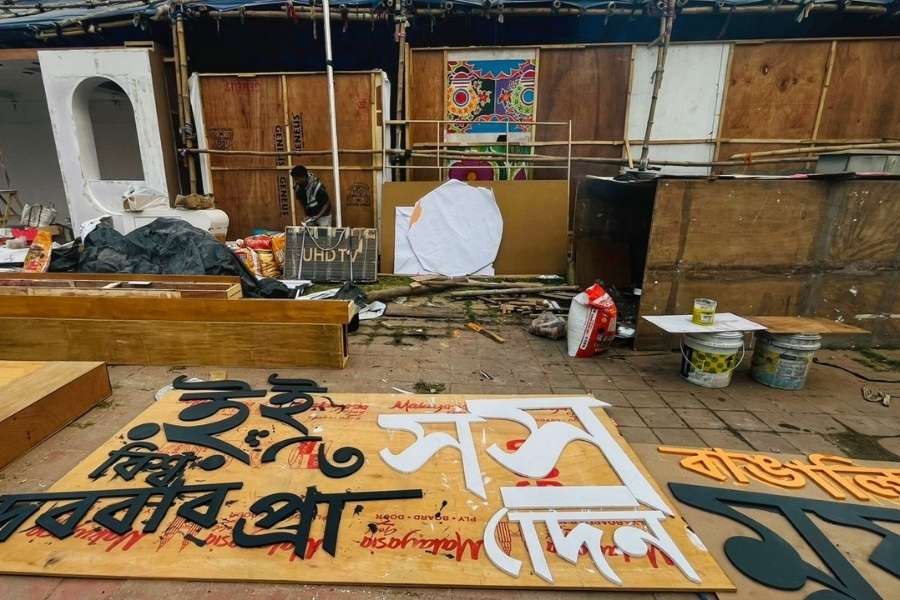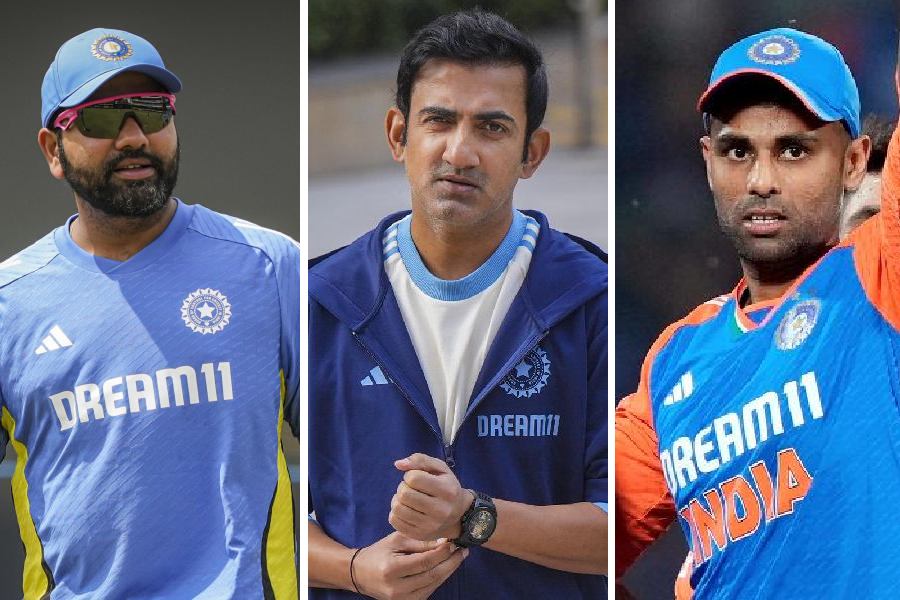 Monday, 27 January 2025
Monday, 27 January 2025
 Monday, 27 January 2025
Monday, 27 January 2025
Krishnabai Nimbkar hit the streets against the British colonial rulers with her daughter, a toddler then, in her arms. Krishnabai participated in the Quit India Movement. She was arrested and sent to Vellore Prison along with other women for her involvement in the Swadeshi movement.
She didn’t just sit in drawing rooms talking about change. She went out, knocked off boys who mocked her, and took her place in the freedom struggle.
Yet, her name doesn’t echo in the halls of history with the same resonance as other male freedom fighters. Because she did not fit into the neat boxes history has carved out for women.
Krishnabai’s life and legacy was celebrated at Scottish Church College in Kolkata recently, when Geraldine Forbes delivered the fourth Uttara Chakraborty Memorial Lecture.
The lecture was organised by Dr Aparna Bandhopadhyay and Dr Bhaswati Chatterji, founders of the Women’s History Conclave, and the history department of Scottish Church College.
Professor Forbes is a Canadian-born history educator who specialises in women in colonial India. The lecture not only celebrated Krishnabai’s contributions but also served as a reminder of the stories of women who have quietly shaped history.
Forbes highlighted Nimbkar as an exemplar of how personal history shapes a woman’s journey.
Nimbkar came from a family in Madras that was involved with the Theosophical Society and the Women's Indian Association and other such movements..Her mother, Kamalabai, was also a freedom fighter and was arrested during Mahatma Gandhi’s Dandi March in 1930.
Krishnabai’s initial role in the nationalist movement began in Madras, where she became a founder-secretary of the Desh Sevika Sangh, organising picketing of foreign cloth and liquor shops. She also joined the Women's Swadeshi League, which encouraged the use of khadi.
Her family was progressive, but Krishnabai’s sister, Indirabai, was married off at 10 years.
”Most of the progressive families of that time, were opposed to child marriage, but in many cases members of their extended families believed in child marriage and overruled their progressive cousins,” said Forbes.
Krishnabai was encouraged not just to excel in her studies, but to step outside the home and engage with the world. A girl riding a bicycle through the streets of colonial India was an act of rebellion itself. And once a boy who dared to mock her was promptly knocked out.
She carried that fighting spirit through her life. When she was arrested, Krishnabai’s daughter was barely three. Every day, her husband Dr Nimbkar took little Ulhas to wave at her mother in jail.
Kishnabai’s later years saw her advocate for rural women’s development, particularly through the Central Social Welfare Board, where she worked on rural projects to uplift women.
She wasn’t interested in grand speeches. Her rural development projects were built from observation – how women could be wage earners, how they could work together in their communities, and how their traditional roles could be enhanced with new skills.
In the 1950s, Krishnabai was pivotal in the establishment of the Bharatiya Grameen Mahila Sangh, an organisation aimed at working with rural women. As honorary secretary, she focused on improving women’s skills in handicrafts, agriculture, and small-scale enterprises.
In 1956, she worked at the Planning Research & Action Institute (PRAI), where she led the institute’s pilot project on rural women’s development, focusing on conducting fieldwork, creating gender-responsive policies, and running educational programmes that addressed rural women's needs.
Krishnabai’s work wasn’t flashy or filled with big speeches. It was about getting her hands dirty and saying, “Let’s fix things where it matters.”
As Forbes noted: “Answers as to why some women became leaders while others were comfortable with conventional roles can partly be sought in individual psychology and even opportunity, but the family played a key role.”
In Krishnabai’s case, her family not only supported her efforts but also shaped the lens through which she saw the world.
These women, as Forbes points out, “were members of the elite,” though their circumstances were far from privileged. When Krishnabai’s father was alive and well, they lived comfortably, but his illness and eventual death left them destitute.
They lost their home, and her mother, Kamalabai, had to take a low-paying job at a women’s shelter, living in a modest cottage on the Theosophical Society’s grounds. Krishnabai managed to continue her education only through scholarships. Despite their hardships, their lives were marked by resistance.
The narratives of elite women activists often suggest a privileged path, but for Krishnabai Nimbkar and others like her, the struggle for equality was never easy. And Krishnabai, who passed away in 1997, even had a medical degree.







